In the late 1980s Peter Ackroyd invited me to meet Iain Sinclair, whose first novel, White Chappell, Scarlet Tracings, I had greatly admired. Ackroyd initially knew Sinclair as a poet, author of Lud Heat, an influence on his own wonderful novel Hawksmoor. Passionately interested in London, the three of us began to meet regularly. Sinclair was an admirer of the French situationist Guy Debord (The Society of the Spectacle) and popularised psychogeography in Britain. In his blending of myth, literature and close social observation, I felt he combined the virtues of Orwell and Pound.
Before long, in company with the likes of the rock guitarist Martin Stone, the creator of Watchmen Alan Moore, the crime novelist Derek Raymond and the gangster Tony Lambrianou, associate of the Krays, I found myself acting in The Cardinal and the Corpse, a film about the quest for a mythical Flann O’Brien Sexton Blake story. Conceived by Sinclair, directed by Chris Petit, the film blurred the lines between fiction and documentary in a manner which soon became distinctly Sinclair’s own.
His ambition is inspiring. Sinclair is one of our finest writers, and his works about London form an interlinked library: autobiography and biography mixed with anecdotes of the city’s great eccentrics and obscure geniuses. Nothing in his work is quite what you anticipate. The familiar frequently takes on a sinister, emblematic or exotic aspect. Each piece can be enjoyed independently of the whole.
Often unclear about my role, I appeared in his first London essay, Lights Out for the Territory, became an MC at an Albert Hall poetry event, read a story through a megaphone across the Thames to the House of Commons, appeared in several other theatrical events and films (once as a cowboy), with the likes of Nick Cave, Alan Ginsberg, Paul McCartney, Ed Dorn and a familiar cast playing out their own quasi-invented narratives and Sinclair’s scenarios. Like J.G. Ballard, Angela Carter and other regulars in Sinclair’s ongoing saga, mixing film, fiction, poetry and essays, I eventually became reconciled to my semi-mythical role in his universe.
As well as mythologising his friends, over time Sinclair found several excuses for traversing the city, following ley-lines in Stepney, circumnavigating the M25, discussing the work of Blake or heading for the Millennium Dome. In London Overground, having taken an aborted crack at Chaucer’s Canterbury, he is inspired by eccentric passengers to try the ginger line (as the London Overground is coloured on the map):
If I could no longer walk above the city — I left those adventures to a new breed of infiltrators, risk-takers— I could plod beneath the full circuit of London Overground… If the M25 was the significant geography for the Thatcher era … then the new railway, which was not new at all, but a device for boosting property values, looked like the right walk for our present doleful period.
Although his political asides can be as caustic as Cobbett’s, Sinclair is in the business of collating, retailing and creating a London whose mythic identity is under threat. He moves about his city with an eager, muscular stride while at his touch brick, concrete, steel and glass morph into their reflections in the river. Nothing escapes his gift for description and metaphor, no matter how grotesque or disguised or hidden deep in 20th-century kitchen middens it is.
Discussing the work of obscure Jewish East End novelists, he will point out the derelict factory connected to W. Pett Ridge who in turn reminds him of something Gerald Kersh did in response to something Jack Trevor Story said — stories of eccentric heroes, heroines and buffoons, idiosyncratic characters amongst the marginalised, the maddened and the almost real, whom he calls The Reforgotten. He is no fan of Margaret Thatcher’s commodification of our most sacred history and myths. When cultural memory is simplified and forced to beg at market its authenticity is immediately in question.
Sinclair tries to repair the damage, offering a complex mosaic of narrative images in cadences which sometimes read like verse. Taking names and snapshots he walks or rides, sometimes alone, sometimes in company, from Croydon to Camden, Hampstead to Hackney. He is soon diverted to Carter’s Clapham, pauses in Spark’s Peckham Rye, then Ballard’s Shepperton before, in the company of the eccentric performer Andrew Kötting, who comes to tolerate him less and less, he’s soon rattling back up to Hampstead and Freud, down towards Camden Town, Beckett, Dalston and the Krays, Jack London, Wapping. His eclectic enthusiasms blend into one vast, pumping, blaring, rattling, melancholy, celebratory cultural circus.
As sketched by Félix Régamey, as they argue through the streets, Rimbaud and Verlaine are a fugitive couple, so studied in bohemianism that they look like undercover agents. Verlaine’s cultivated paranoia was an accurate prophecy of the modern city as a labyrinth of eyes, a surveillance state — ripe for the double-dealing of Joseph Conrad’s The Secret Agent.
London Overground is a glorious book, rewarding many rereadings.
Got something to add? Join the discussion and comment below.
Get 10 issues for just $10
Subscribe to The Spectator Australia today for the next 10 magazine issues, plus full online access, for just $10.
Available from the Spectator Bookshop, £14.99 Tel: 08430 600033
You might disagree with half of it, but you’ll enjoy reading all of it. Try your first month for free, then just $2 a week for the remainder of your first year.

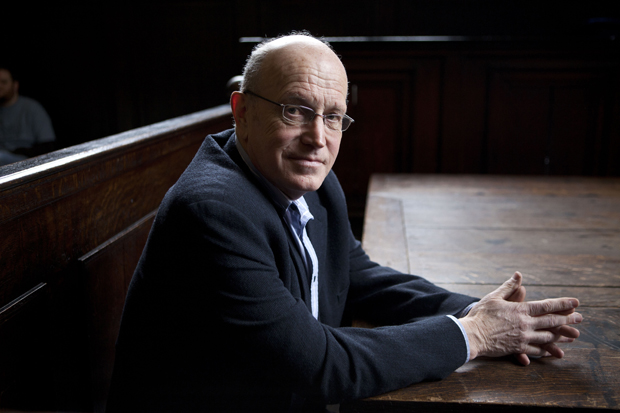
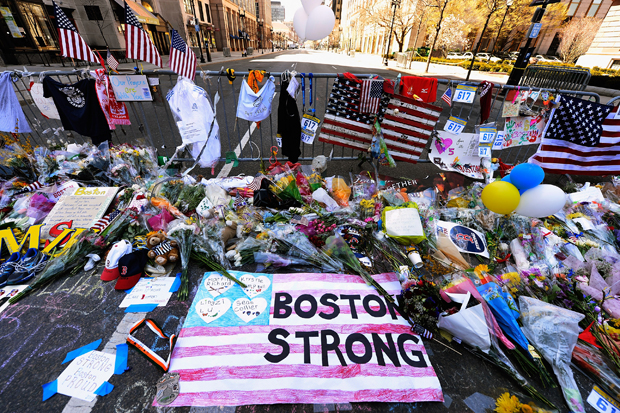
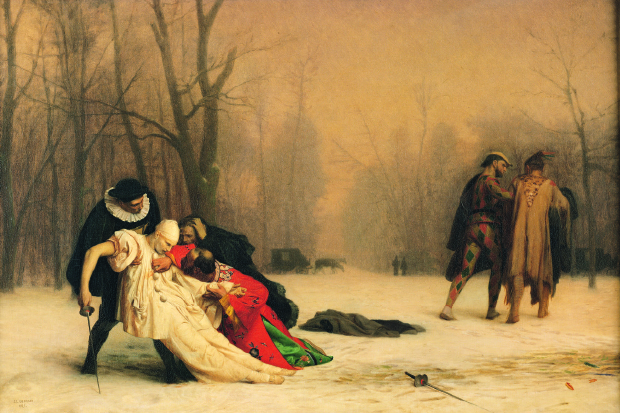
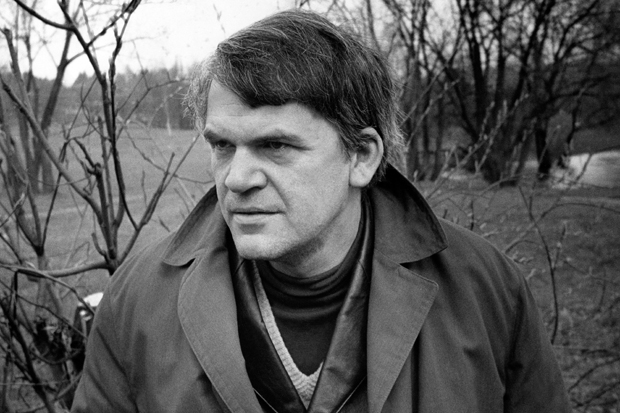

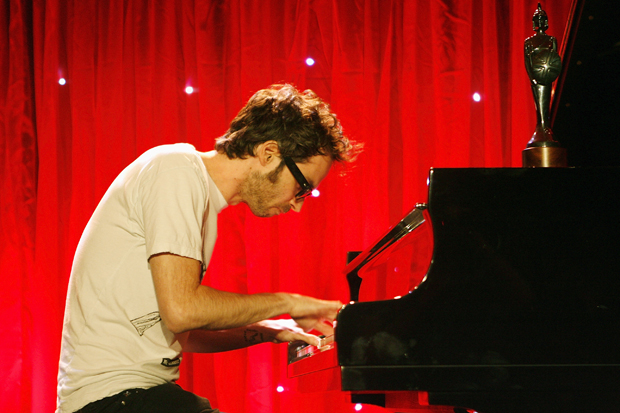
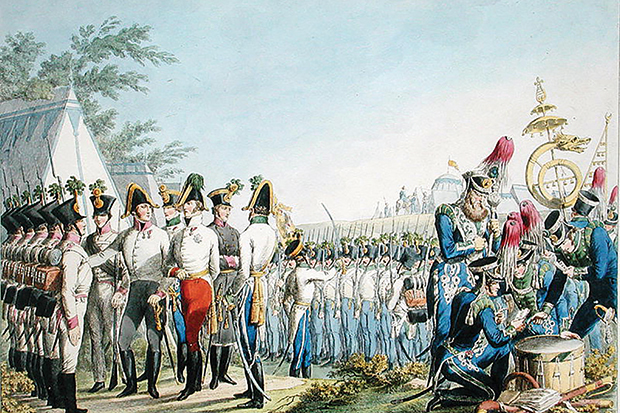






Comments
Don't miss out
Join the conversation with other Spectator Australia readers. Subscribe to leave a comment.
SUBSCRIBEAlready a subscriber? Log in